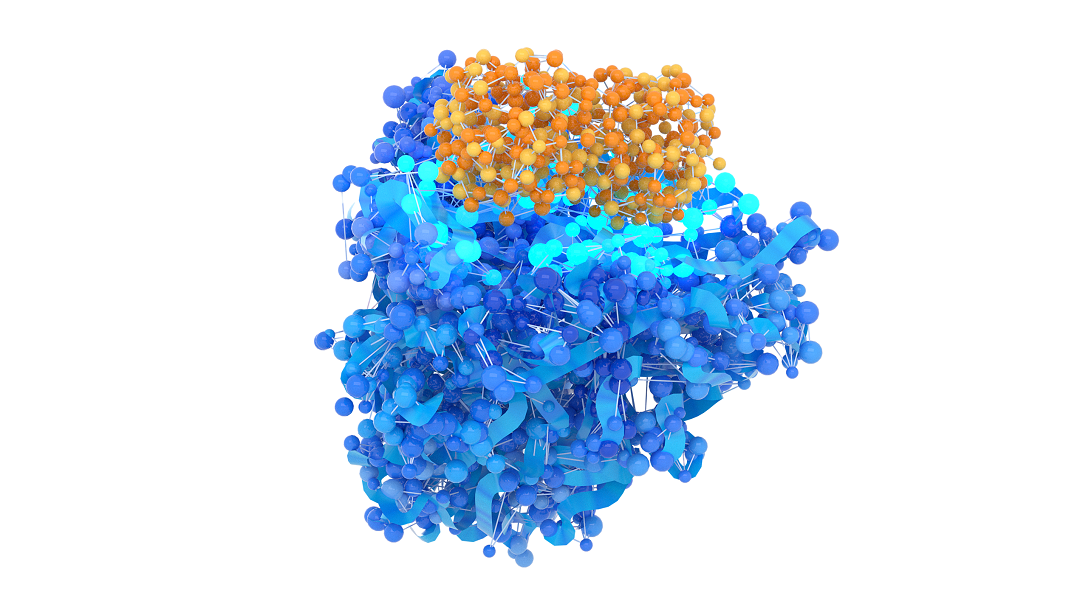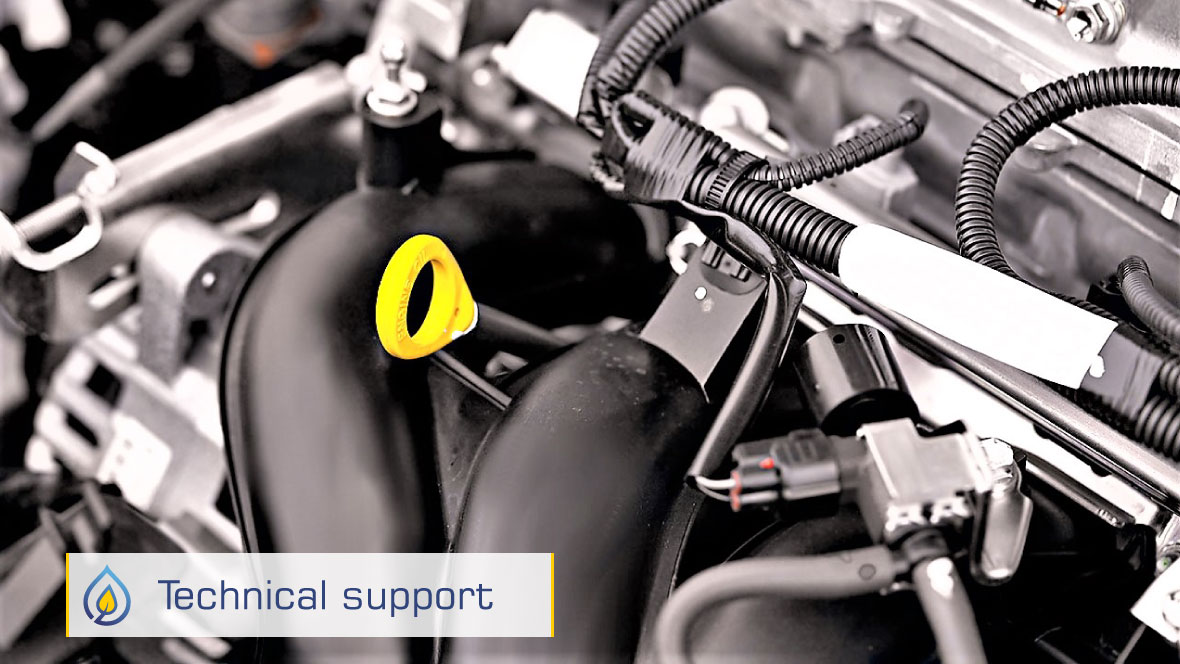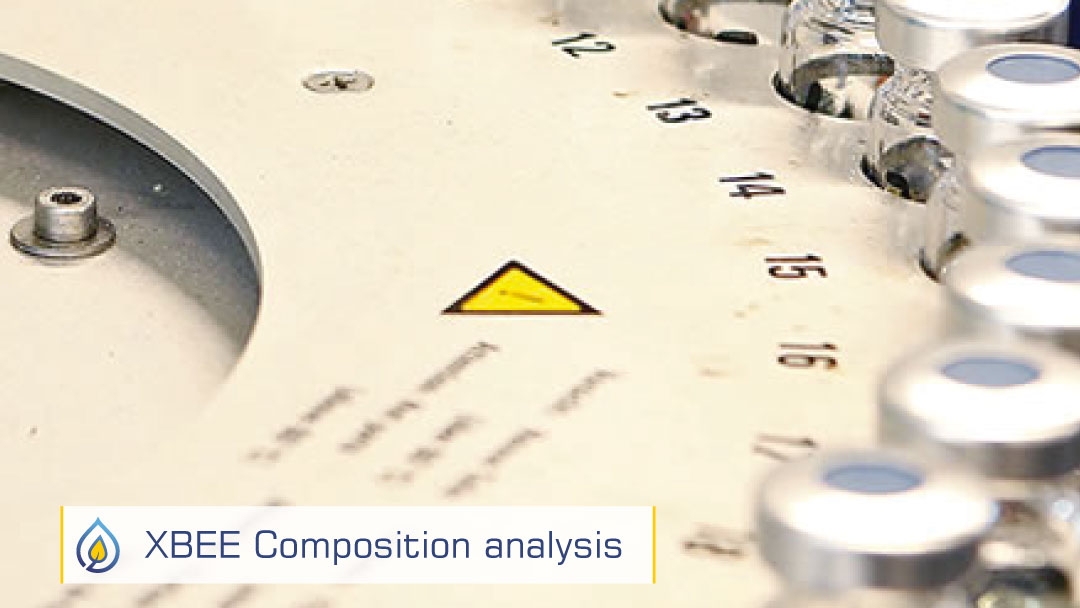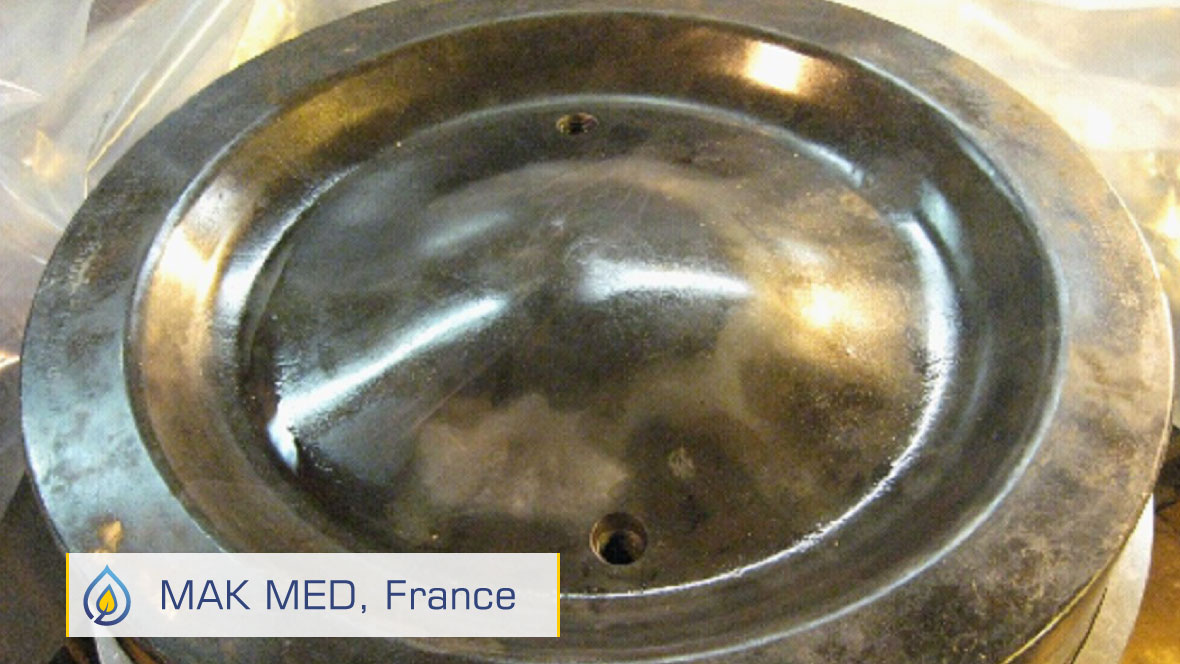Coenzymes
They are small organic non-protein molecules that carry chemical groups between enzymes. Coenzymes are sometimes referred to as cosubstrates. These molecules are substrates for enzymes and do not form a permanent part of the enzymes’ structures. This distinguishes coenzymes from prosthetic groups, which are non-protein components that are bound tightly to enzymes. Both coenzymes and prosthetic groups are types of the broader group of cofactors.
Cofactors
A cofactor is a non-protein chemical compound that is bound (either tightly or loosely) to an enzyme and is required for catalysis. They can be considered “helper molecules/ions” that assist in biochemical transformations. Certain substances such as water and various abundant ions may be bound tightly by enzymes, but are not considered to be cofactors since they are ubiquitous and rarely limiting. Some sources limit the use of the term “cofactor” to inorganic substances.
Convection
Convection is one of the major modes of heat transfer and mass transfer within fluids to the surface.
Covalent bond
This is a form of chemical bonding that is characterized by the sharing of pairs of electrons between atoms, or between atoms and other covalent bonds. In short, attraction-to-repulsion stability that forms between atoms when they share electrons is known as covalent bonding.
The most common type of covalent bond is the single bond, the sharing of only one pair of electrons between two atoms. It usually consists of one sigma bond. All bonds with more than one shared pair are called multiple bonds: sharing two or three pairs is called a double bond or a triple bond.
The triple bond is quite rare in the nature, in Carbon Monoxide for instance. A special resonance case is exhibited in aromatic rings of atoms (for example, benzene). Aromatic rings are composed of atoms arranged in a circle (held together by covalent bonds) that may alternate between single and double bonds according to their Lewis Dot Structure. In actuality, the electrons tend to be disambiguously and evenly spaced within the ring. Electron sharing in aromatic structures is often represented with a ring inside the circle of atoms.
Enzymes
Biomolecules that catalyze chemical reactions. Almost all enzymes are proteins synthetized by living organisms (tree leaves in that case). Almost all processes in a biological cell need enzymes to occur at significant rates. Since enzymes are selective for their substrates and speed up only a few reactions from among many possibilities, the set of enzymes made in a cell determines which metabolic pathways occur in that cell.
Exothermic reaction
A reaction is considered as exothermic when it releases energy in the form of heat. The rate of reaction can increase, in turn causing heat to be evolved even more quickly. An explosion can result from the problem.
Ligand
In biochemistry, a protein ligand is an atom, a molecule or an ion which can bind to a specific site (the binding site) on a protein. Interactions between any protein and its ligands are fundamental and essential for the protein to function properly.
Mass spectrometry (MS)
It is an analytical technique for the determination of the elemental composition of a sample or molecule. The MS principle consists of ionizing chemical compounds to generate charged molecules or molecule fragments and measurement of their mass-to-charge ratios.
In a typical MS procedure, a sample is loaded onto the MS instrument and its compounds are ionized by different methods (e.g., by impacting them with an electron beam), resulting in the formation of charged particles (ions). The mass-to-charge ratio of the particles is then calculated from the motion of the ions as they transit through electromagnetic fields.
Polycyclic or poly-nuclear aromatic hydrocarbon (PAH)
Chemical compounds that consist of fused aromatic rings and do not contain heteroatoms or carry substituents. PAHs occur in oil, coal, and tar deposits, and are produced as byproducts of fuel burning (whether fossil fuel or biomass). As a pollutant, they are of concern because some compounds have been identified as carcinogenic, mutagenic, and teratogenic. PAHs are also found in cooked foods, such as grilled meats, or in tobaccos.





